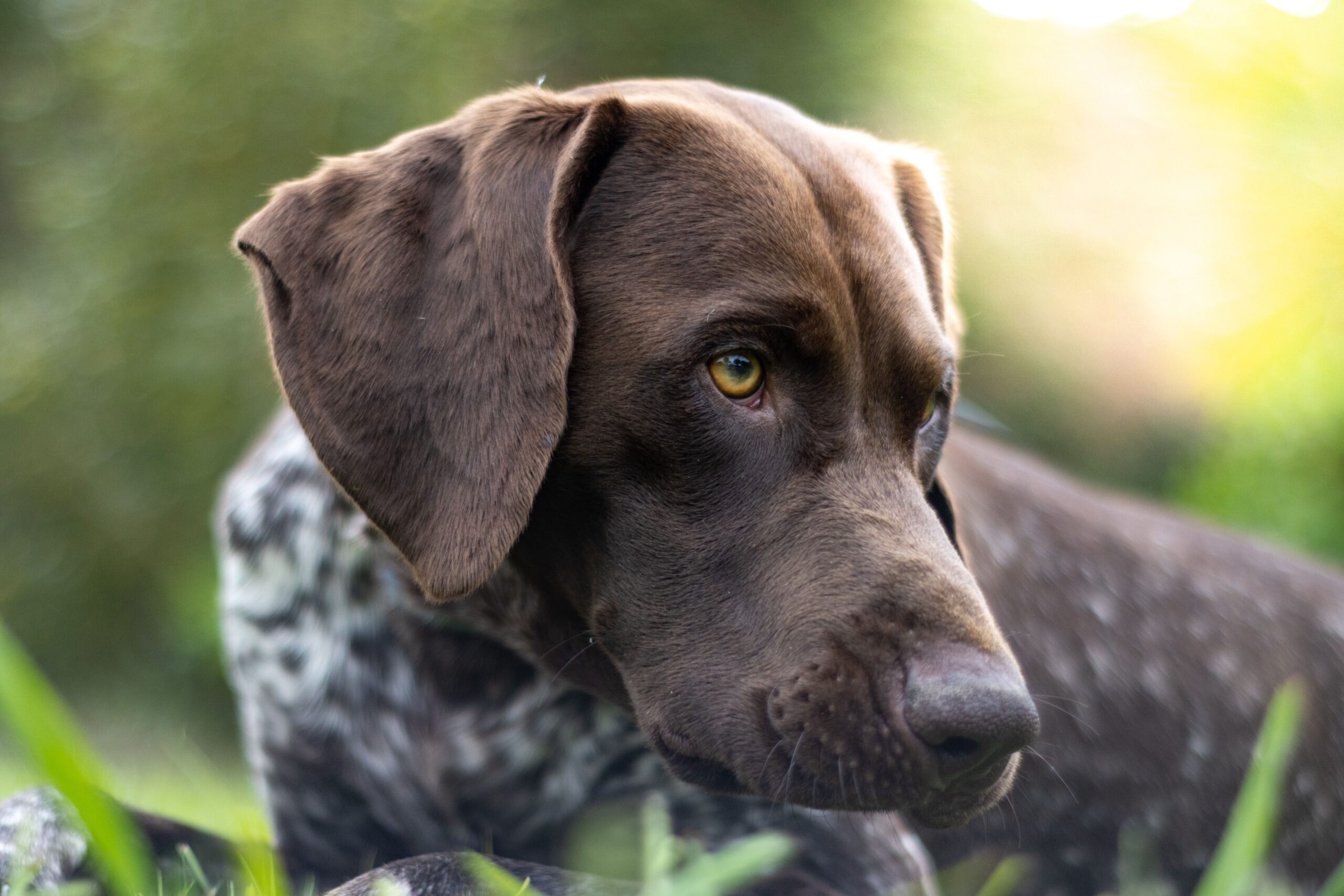
The Right Fit: Welsh Corgis
Welsh Corgis have become a popular and beloved breed of dog, known for their distinctive appearance and affectionate nature. Originating in Wales, they were traditionally used as herding dogs,
Temperature and Humidity
It is not enough to protect dogs from extreme temperatures.
• Climate-controlled areas in your kennels can reduce stress and keep dogs comfortable.
• The size of enclosures and the number of dogs housed in them can affect ambient temperature.
• The range at which dogs can easily maintain their body temperature (thermoneutral zone) is from 68°F to 86°F.
• Maintain humidity between 30 and 70 percent. When temperatures are high, humidity should be lowered. High humidity makes temperatures feel higher and increases the risk of heat-related illness.
• Dogs will have difficulty regulating their temperature in poorly ventilated, enclosed spaces.
• Help dogs cope with cold or heat stress. Provide shade/cover in outdoor spaces. Cooled and heated areas (when appropriate) and bedding can keep dogs comfortable. Make sure dogs can choose to leave heated or cooled areas as needed.
• Panting is the main way that dogs reduce their body temperature. Panting is less effective when humidity is high. Short-nosed (brachycephalic) dogs are less able to release heat by panting.
• Consider a dog’s coat thickness. Dogs with thick coats, like the Akita, will be more prone to overheating. Dogs with a thin coat, such as Chinese Crested, will be more prone to hypothermia
Ventilation, Odors, and Chemicals
Ventilation is the movement of air from outdoors to indoors, and the movement of air within an enclosed space. Proper ventilation can reduce humidity and helps keep temperatures stable. Good ventilation can also dilute airborne contaminants such as viruses, pollutants, and odors. Poorly ventilated spaces can increase the risk of disease.
• Dogs have a much more sensitive sense of smell than humans. Environmental odors can be more intense for dogs.
• Some cleaning agents can cause nasal irritation. Exposure to ammonia can be irritating to the nose and eyes. Dog urine is a primary source of ammonia in dog kennels. Avoid ammoniabased cleaners.
• Air quality assessments should be done at dog nose level.
• Test the environment routinely with ammonia test strips or a sensor. We recommend levels of 10ppm ensuring they do not exceed 25 ppm (parts per million).
• Provide dogs with items (such as bedding) that do not need to be cleaned daily. This maintains some familiar smells in the environment.
• Dogs may enjoy scent enrichment, such as lavender or chamomile.
• Kennels should have carbon monoxide detectors installed. Carbon monoxide poisoning can be fatal.

Welsh Corgis have become a popular and beloved breed of dog, known for their distinctive appearance and affectionate nature. Originating in Wales, they were traditionally used as herding dogs,

TDJ: Dr Fran, Good day, and thanks for joining us for this interview. I’m very glad to have you here, and I, along with our readers, have a lot of questions we hope you can answer. Why don’t you start by giving us some history about yourself, the OFA organization, and your position within it.

Step into the realm of the AKC German Shorthaired Pointer (GSP), where sleek physiques and boundless energy paint a picture of a dog bred for purpose.
(Continued Below…)